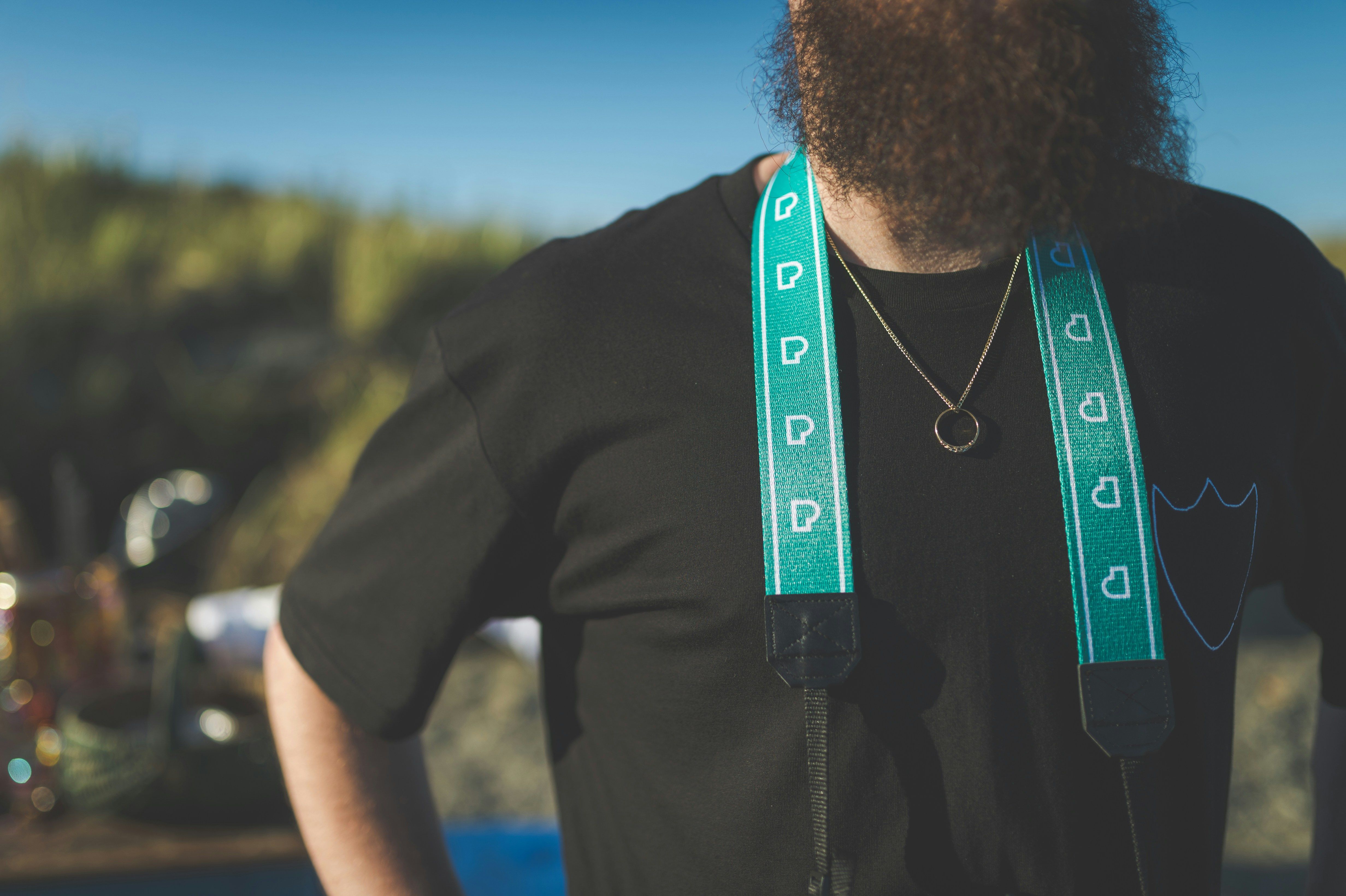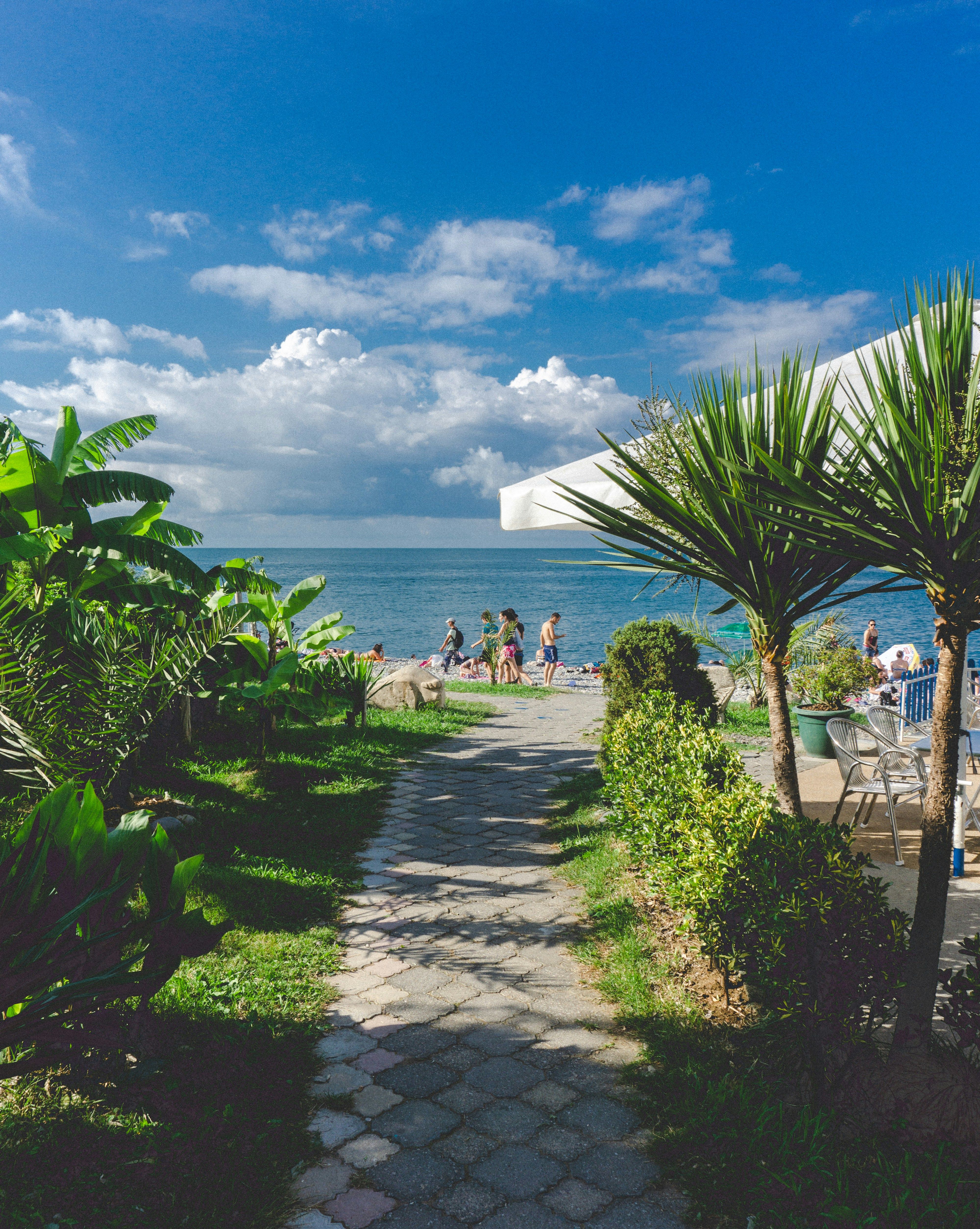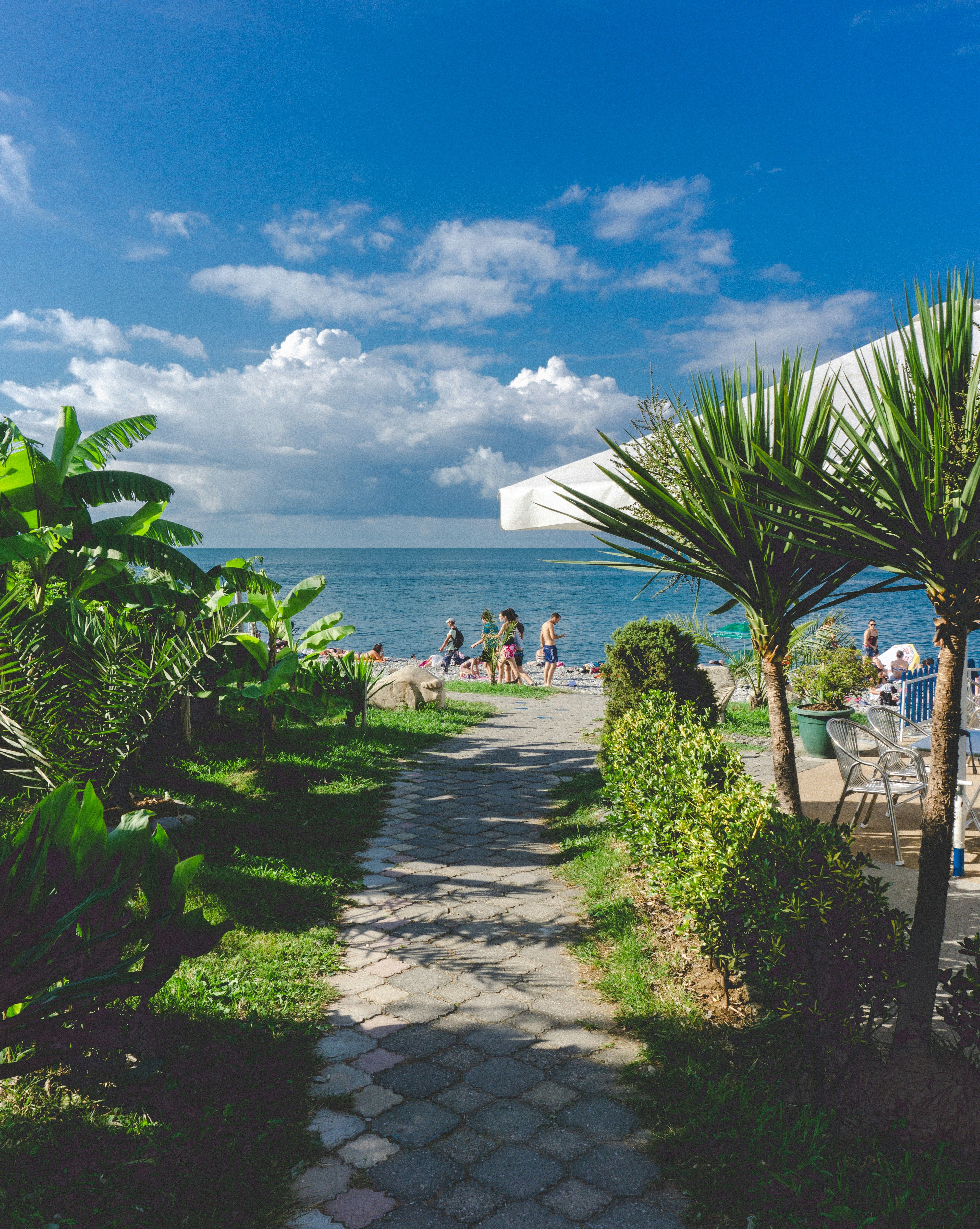Program Implementation Task Assigned to the Commission
Revitalizing Vacant City Center Spaces: Insights from Pforzheim's Westliche Karl-Friedrich-Straße 37 Project
In a bid to address the issue of vacant buildings in city centers, the municipal company Economy and City Marketing Pforzheim (WSP) organized a commercial real estate dialogue on "Revitalization and conversion of existing buildings" on Thursday. The event, attended by Markus Epple (WSP), Stephen J. Ponweera (1st property international GmbH), and Thomas Sonnentag (Sonnentag Architecture GmbH), focused on transforming vacant spaces into future-proof commercial areas to maintain the vitality of city centers.
The gathering featured an illustrative project, the revitalization of a former retail location at Westliche Karl-Friedrich-Straße 37. This transformation involved a novel multi-use concept, consisting of a Rewe City Market and AOK Nordschwarzwald offices, demonstrating the potential advantages of hybrid uses in enhancing the mix of industries in central locations.
The success of this initiative, facilitated by the cooperation of various companies and municipal offices, serves as a testament to the enriching effects of adaptive reuse and infill construction strategies on urban development. Thomas Sonnentag emphasized the importance of prudent conversion, considering both functional and urban planning aspects, to create value for residents, businesses, and the city as a whole.
The event concluded with an informal exchange, setting the stage for potential future collaborations aimed at rejuvenating city centers. As urban centers strive to maintain their vibrancy, projects like the one at Westliche Karl-Friedrich-Straße 37 provide valuable insights into best practices for revitalizing vacant city center buildings.
Among the key best practices demonstrated by such projects are:
- Adaptive reuse of existing structures, which preserves historic elements while integrating contemporary amenities.
- Promoting mixed-use developments, blending housing, retail, and office spaces to foster economic growth and create more attractive city centers.
- Leveraging public-private partnerships and incentives, ensuring that revitalization projects are feasible and contribute to sustainable urban regeneration.
- Prioritizing sustainability and efficient use of infrastructure, reducing urban sprawl and promoting green development.
- Engaging the community throughout the planning and development process to ensure local needs are met and support for the project remains strong.
By focusing on these best practices, cities can drive sustainable, economically viable, and socially inclusive urban revitalization in their city centers. The project at Westliche Karl-Friedrich-Straße 37 in Pforzheim exemplifies these principles by converting a vacant building into a thriving mixed-use space, demonstrating the potential for future projects to follow suit.
- In the revitalization of vacant city center buildings, strategic partnerships between public and private sectors can encourage investing in innovative mixed-use real-estate projects, such as the one at Westliche Karl-Friedrich-Straße 37, that foster economic growth and maintain the city's business vitality.
- As cities aim to adaptively reuse vacant buildings to create future-proof commercial areas, considerate finance practices are crucial for the development of sustainable infrastructure, ensuring that the objectives of functional planning, urban development, and socio-economic growth are met – as demonstrated at the Westliche Karl-Friedrich-Straße 37 project.







